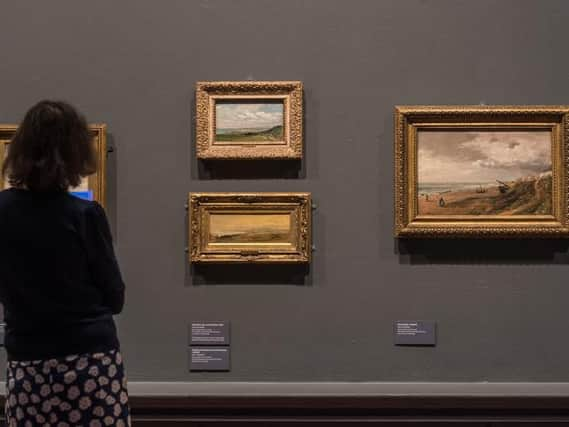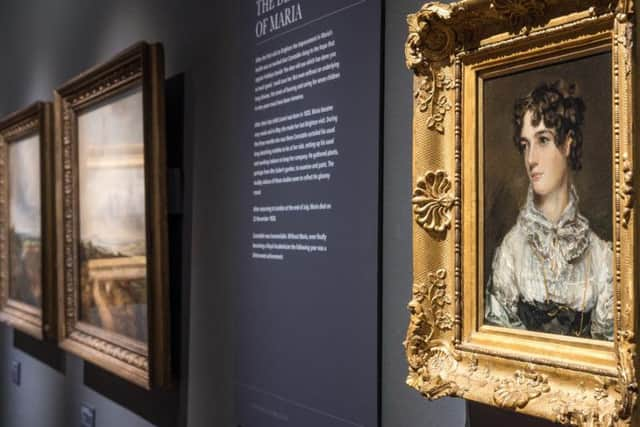Discover Constable on a walk around Brighton and Hove


In Constable’s Footsteps is a city walk for residents and visitors to undertake in their own time, with a free guide leaflet available from Brighton Museum and the Royal Pavilion. The leaflet will also be distributed to Royal Pavilion & Museums’ other venues: Hove Museum, the Booth Museum and Preston Manor.
The circular sightseeing tour begins at Brighton Museum, is just over four miles long, taking up to three hours.
Advertisement
Hide AdAdvertisement
Hide AdIt explores the time the artist John Constable spent in Brighton for his wife’s health 1824-28, and enables people to see where the windmills he painted once stood, stroll along the seafront that inspired him and view buildings he would have known 200 years ago.


Sights include: No.11 Sillwood Road - Constable’s Brighton residence which has a blue plaque; the home of Sussex MP and builder of Kemp Town, Thomas Read Kemp - his sister Mrs Ann Sober owned the house Constable lived in; the school that Constable's children attended, which was run by his friend Henry Phillips; Little Preston Street, now believed to be the location of Constable’s painting ‘Houses at Hampstead’; St Ann’s Well - Constable made many paintings from this viewpoint; Hove beach - the view west towards Shoreham was a popular subject for Constable; and the site of the Chain Pier, the subject of one of the largest works to come out of Constable's time in Brighton.
The walk extends the museum's interpretation of Constable's Brighton period explored in its current major exhibition, Constable and Brighton.
Constable’s wife Maria suffered from tuberculosis and on medical advice the family took lodgings in Brighton; working between Brighton and London, Constable produced around 150 works in the town. Some were commissions destined for the French market but his long, systematic walks in and around Brighton also prompted many other works.
Advertisement
Hide AdAdvertisement
Hide AdConstable and Brighton brings over 60 of the artist’s sketches, drawings and paintings from his time in Brighton together for the first time in the place where they were created, laid out according to the artist’s favourite three walks.
To find out more about the exhibition, visit: www.brightonmuseums.org.uk/constableswalks